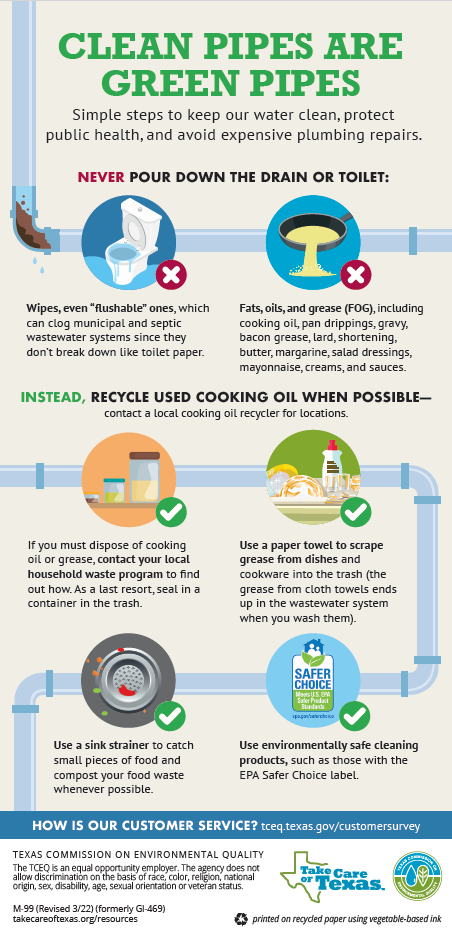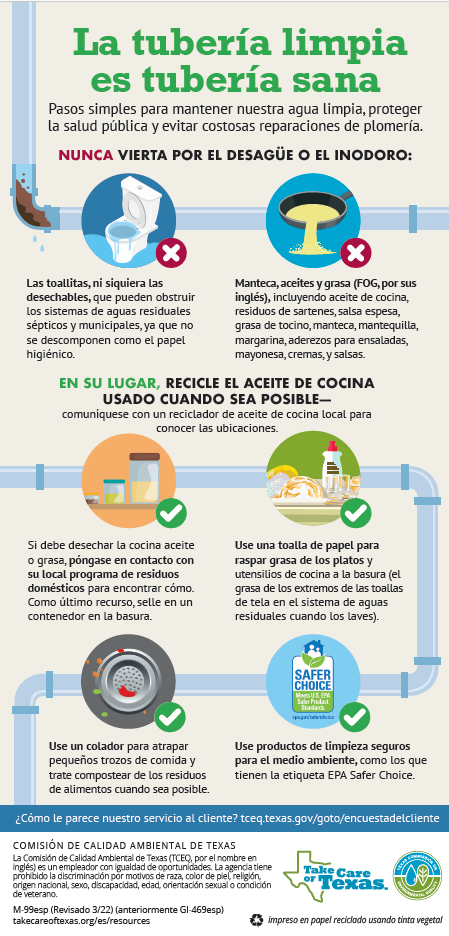Water
Water and Sewer Rate Increase
ATTENTION FORT BEND COUNTY MUD 131 Residents:
Recently, FBC MUD No. 131 Board of Directors authorized a water and sewer rate analysis to help meet future MUD obligations and responsibilities for the water and sewage facilities. The last time an analysis was done for the water district water rate was in 2006 when the district was initially created and had responsibilities for water, wastewater, and sewage. The purpose of this analysis was to compare our current water, sewer rates and billing with the district’s annual budget requirements. In addition to the annual budget, the district needed to create a plan for future capital improvements and renovations needed to improve the District’s water, wastewater, and some recreational facilities. As a result, to address capital improvement projects of our facilities – along with increasing costs of materials and services, the district plans to implement a tiered usage structure to adjust the rates. This analysis included evaluating district customers’ historical water usage to determine what a rate change might entail.
- A modest increase in water and sewer rates was recommended by the MUD engineer and water operator, and approved by the board at the Tuesday, May 23 board meeting. As a benefit to the community, the district regularly seeks opportunities to help residents become more efficient in conserving their water consumption. Also, we will continue to seek ways to offset the costs of maintenance and repairs through other means, when possible.
- For the average resident’s usage, this new tiered structure will likely result in a 9% increase in the water and sewer bills. The average residential customer in the district uses approximately 7,000 gallons of water per month and the average monthly bill will increase from approximately $73 to $79. Customers using 3,000 gallons or less of water per month will see a slight reduction in their monthly bill.
- We will also be updating disconnection/reconnection and delinquency fees to cover operational cost of this administration beginning in August 2023.
NFBWA rates on your bill are currently assessed at $5.005 per 1,000 gallons of groundwater. This rate is usually set annually in December and was last changed at the North Fort Bend Water Authority (NFBWA) December 2021’s meeting. However, there was no NFBWA rate increase in 2022, and the rate remained the same in 2023.
The mission of the Board of Directors is to “ensure the financial stability of the district,” provide sustainable water and sewer service to residents, and adequately maintain the large public infrastructure for years to come.
If you have any additional concerns or questions, feel free to leave your comments regarding this issue in the contact form at the following link: http://www.fbcmud131.com/contact/ no later than July 18, 2023. We promise to respond back to you as soon as possible. We anticipate that the new water and sewer rates will go into effect in your August water bill.
Thank you.
No Boil Water Notice for FBCMUD 131
According to our water operator Si Enviro -“Residents of Fort Bend County MUD 131 are not affected by the Houston Water Ban issued on November 27 and today, November 28, 2022. FBC MUD 131 is presently a self contained water supplier, and we do not rely on the city of Houston’s water supply. Si Enviro will continue to monitor the system pressure and chlorine residuals to ensure the safety of our water.”


